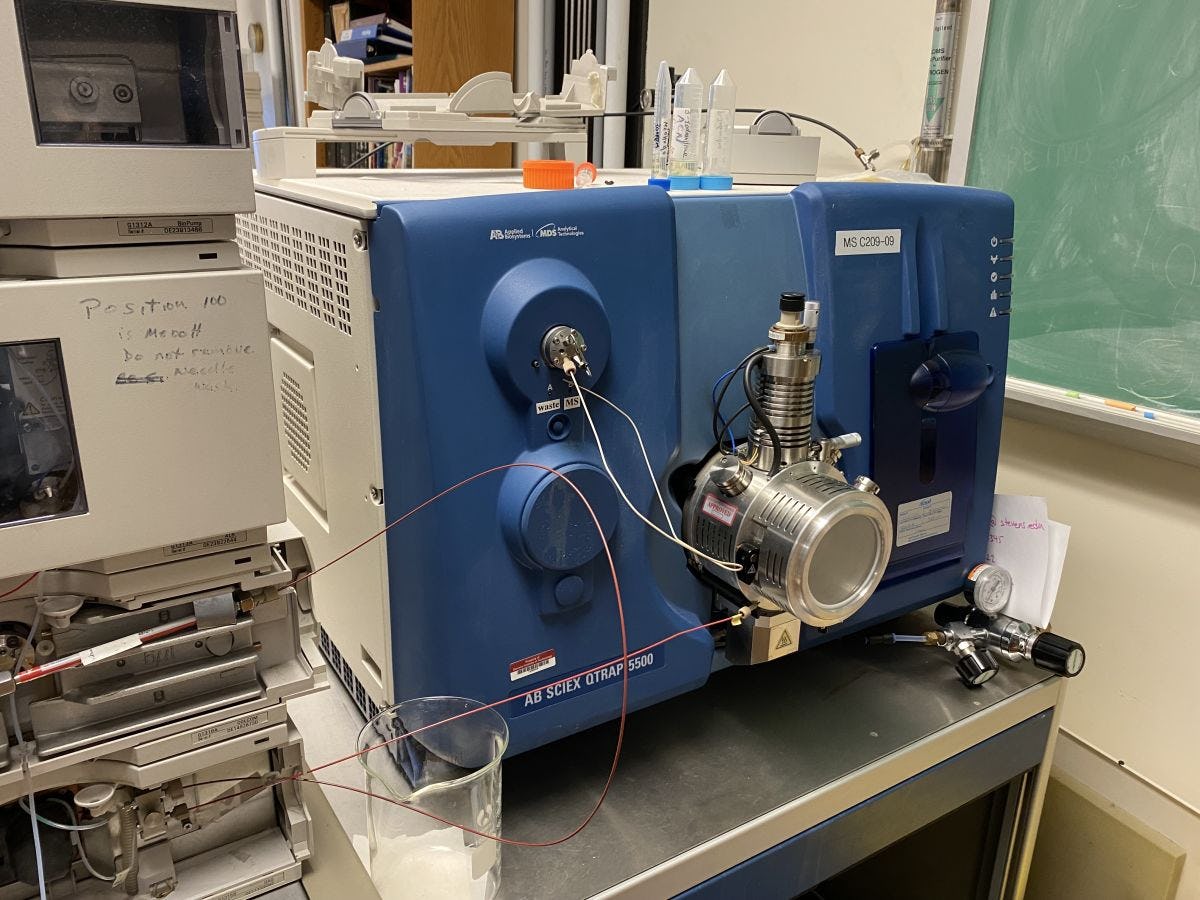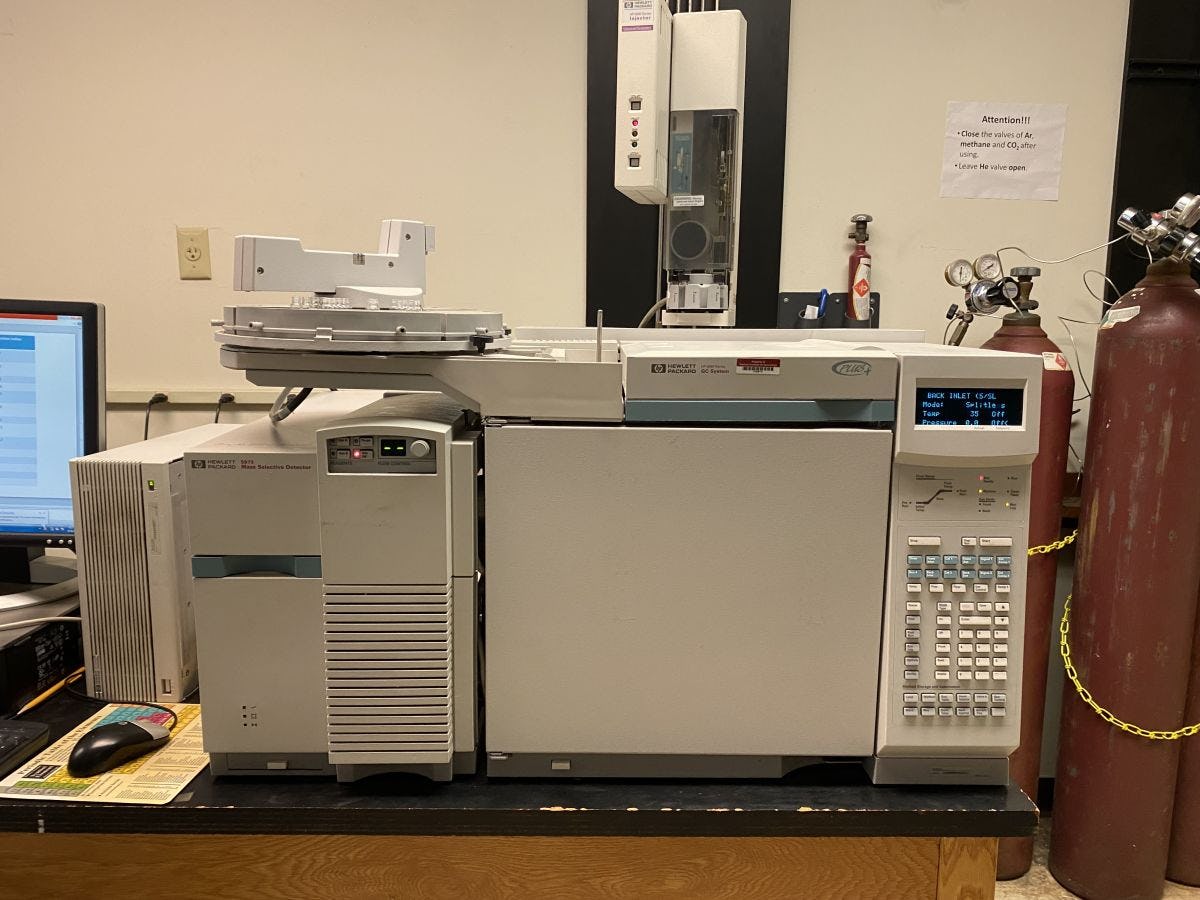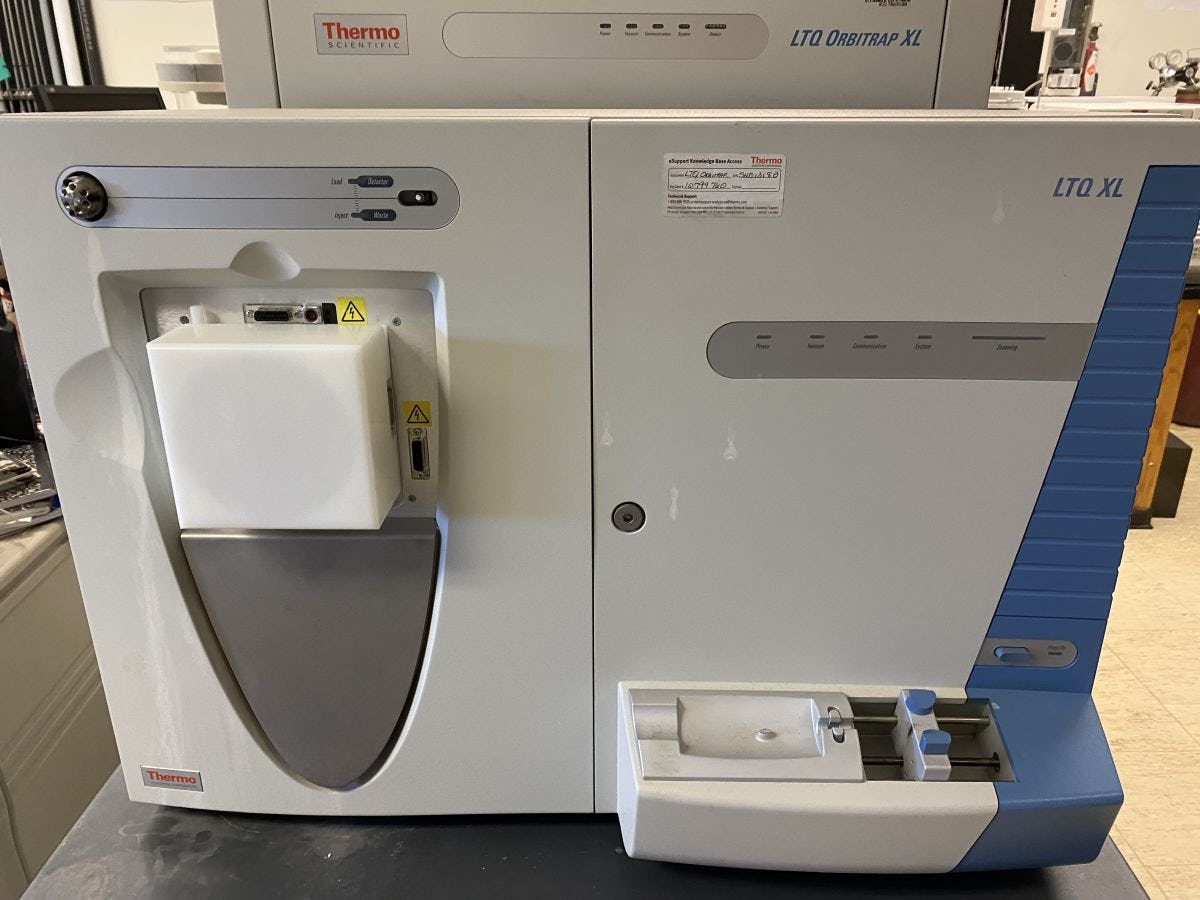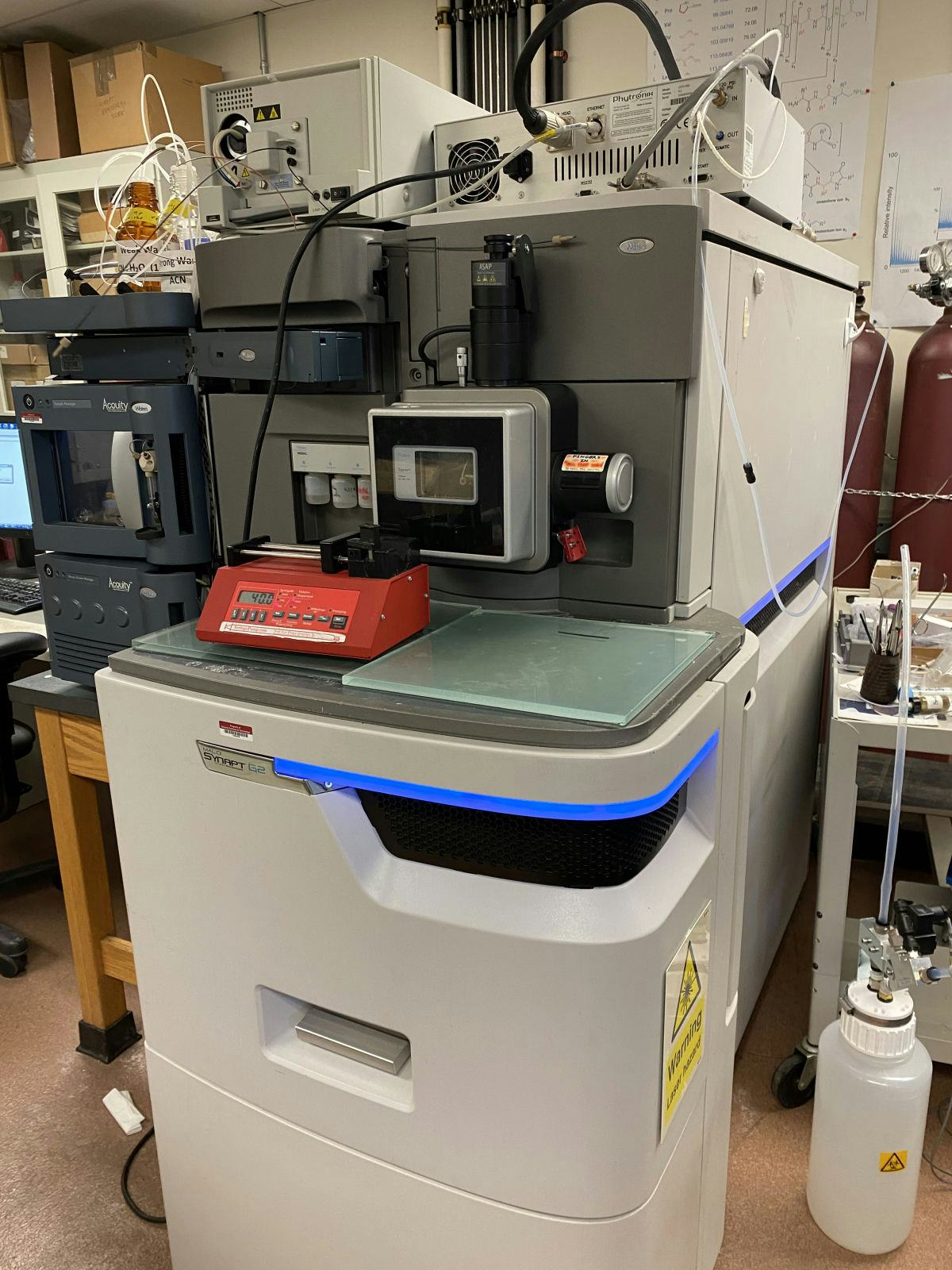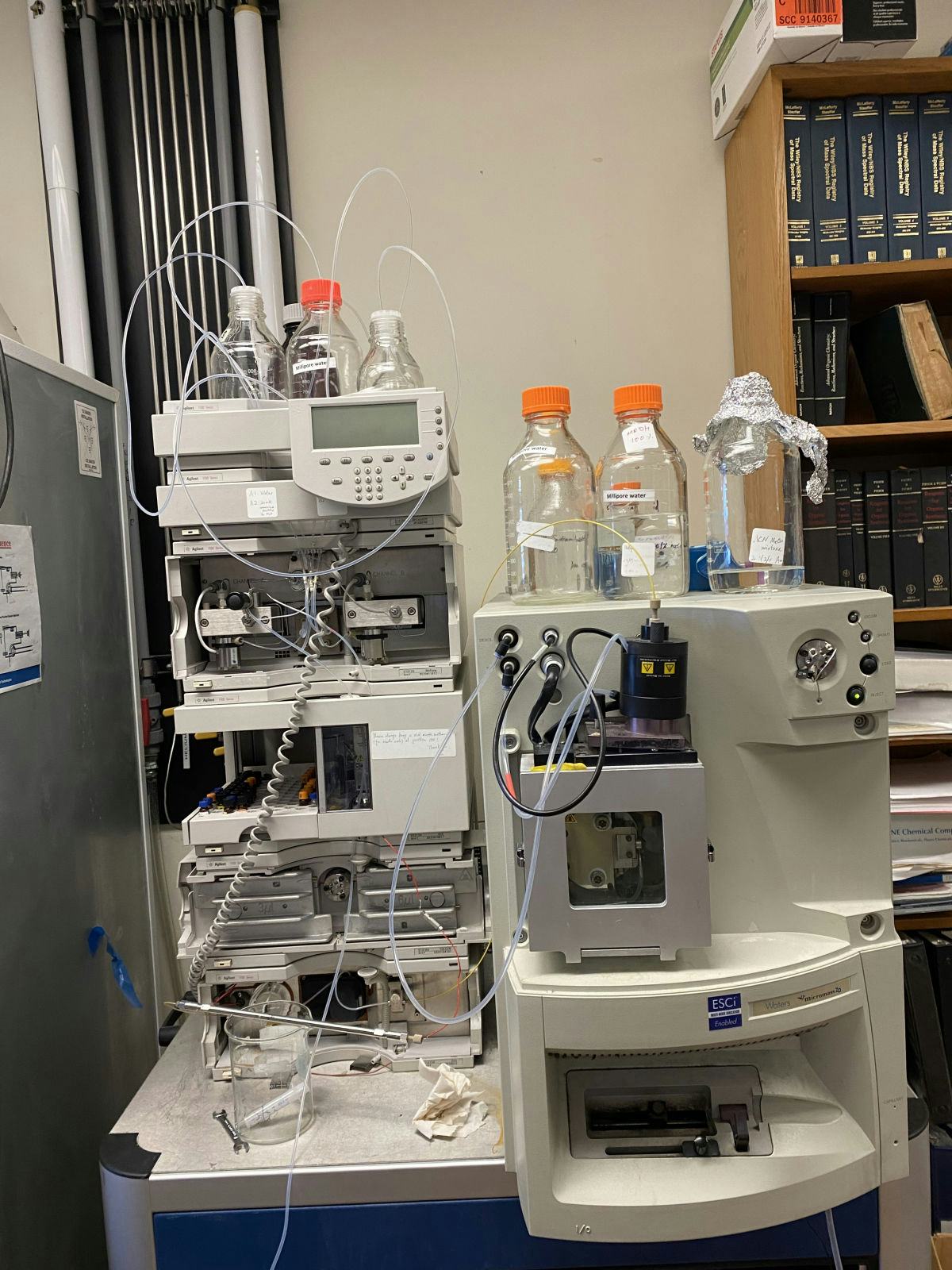Mass Spectrometry Laboratory
About
Mass Spectrometry is a rapidly advancing scientific discipline with tremendous employment opportunities. Our aim is to provide most up-to-date teaching and frontier-level research programs to our students.
Our courses are intended for novices who would like to gain experience with mass spectrometry, as well as for experienced researchers who wish to learn the latest developments in this field. Computer based animations created at Stevens help students to understand complex ion formation and transfer optics that occur inside mass spectrometers.
The Mass Spectrometry Laboratory at Stevens is one of the most well-equipped academic facilities in the U.S. With six mass analyzers incorporating time-of-flight and quadrupolar techniques, and a variety of inlets such as electrospray, MALDI, ApCI, EI and CI, the Center undoubtedly lives up to the second-to-none motto of the Imperatore School. The center welcomes collaborative research projects from the Stevens community and as well as outside partners. Samples (.doc 31kb) can also be analyzed on a fee-for-service basis. Our instruments are amenable to a wide variety of organic compounds including proteins, peptides, amino acids, alkaloids, steroids, flavanoides, saccharides, lipids, nucleic acids, polymers, petroleum products, and organo-metallics. Our mass analyzers are based on time-of-flight and quadrupolar techniques. Some of our instruments are able to detect both positive and negative ions, carry out tandem mass spectrometry experiments, and provide accurate mass data.
Research Projects
Mass Spectrometric Fragmentation Mechanisms
Chemical Ecology of Arthropods
Biosynthesis
Natural Products
Drugs from Bugs
Ionization Techniques
ELECTRON IMPACT IONIZATION (EI)
The classical ionization technique for small molecules. This technique is applicable only to thermally stable compounds since the sample should be vaporized by heating. An EI spectrum shows many peaks for fragment-ions derived from the molecular ion. Although an EI spectrum might not always show a molecular peak, it is useful for structural characterization and identification of compounds. The spectra obtained in this way can be matched with those in our computer database (over 350,000 spectra).
CHEMICAL IONIZATION (CI)
A reagent gas is first ionized and allowed to collide with the sample. We can run samples with methane, ammonia, and isobutane as the reagent gas on both Quattro and HP Mass Engine instruments. You may discuss with facility personnel if you need other reagent gases.
ELECTROSPRAY IONIZATION (ESI)
This is the method of choice for polar natural and synthetic compounds, proteins, oligonucleotides and organometallic complexes. However, the sample must generally be soluble and stable in a solvent such as water, acetonitrile, or methanol.
MALDI
The method of choice for somewhat hydrophobic, large molecular weight compounds. The sample is mixed with a UV absorbing matrix and irradiated with a laser beam to desorb ions into gas phase.
FAST ATOM BOMBARDMENT IONIZATION (FAB)
This is a soft ionization technique that was useful for heat-sensitive, nonvolatile compounds. A spectrum obtained under positive ion conditions could show a few peaks for fragments and an intense signal for the pseudomolecular ion produce by protonation(M+H) or cationization. Although we do not offer this ionization technique, nearly all FAB-type samples can be examined by electrospray, APCI, or MALDI methods.
RADIOACTIVE SAMPLES
Our facility is not authorized to handle any radioactive samples.
See photos and description of lab instruments.
ACKNOWLEDGMENTS
Please acknowledge in your publications the use of Center for Mass Spectrometry instrumentation. A statement such as "High resolution mass spectra (or any other technique as appropriate) were obtained in the Mass Spectrometry Laboratory in the Department of Chemistry and Chemical Biology at Stevens Institute of Technology,” would be appropriate.
Laboratory Instruments
AB SCIEX QTRAP® 5500 System
Next-generation technology designed to excel at metabolite identification, detection and confirmation of low-level pesticides, and protein/peptide quantitation for biomarker verification and validation.
Agilent Technologies 5973N Mass Selective Detector GC-MS
A transmission quadrupole mass spectrometer for qualitative and quantitative analysis by electron ionization (EI), positive chemical ionization (PCI), and negative chemical ionization (NCI).
Thermo Fisher Scientific Inc LTQ Orbitrap XL
Supports a wide range of applications from routine compound identification to the most challenging analysis of low level components in complex mixtures, and features a new HCD collision cell for ultimate flexibility in fragmentation experiments for advanced proteomics and small molecule research.
Waters SYNAPT G2 Q-ToF High-Definition Mass Spectrometry (HDMS) System
This instrument is mainly used for small molecule mass analysis and hydrogen/deuterium exchange-mass spectrometry (HDX-MS).
